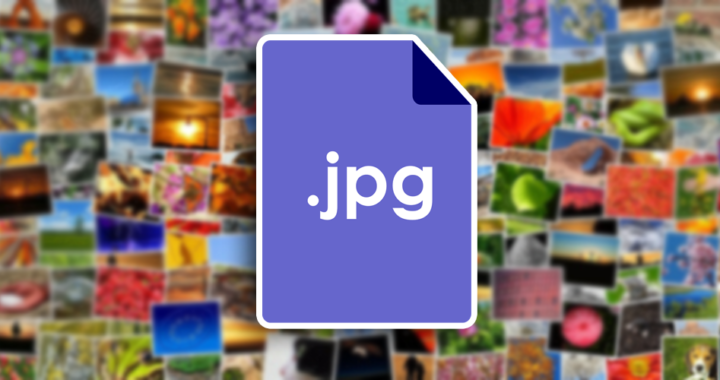JPEG is a compression standard for digital images. Note that JPEG is an initialism for Joint Photographic Expert Group. The group is an organization that created and maintains the JPEG, as well as the JPEG 2000, and JPEG XR standards.
The standard has several file formats to include the JPEG Exchange Image File Format and JPEG File Interchange Format or JIFF. These files usually have the .jpg or .jpeg filename extension.
Nevertheless, considering its applications, the JPEG standard has been widely used by digital cameras and other image capture devices like smartphones. It is also the most common standard for storing and distributing digital images online.
The Advantages of JPEG
1. High Resolution: One of the notable advantages of the JPEG standard is that it supports 24-bit color with up to 16 million colors. Hence, it has been widely used for compressing and encoding digital images with high resolutions.
2. Smaller File Size: When compared to the BMP file format or PNG file format, JPEG has the advantage of compressing a digital image at a smaller file size. In other words, a JPEG image with a relatively similar quality and resolution as its BMP or PNG counterpart can have a smaller size. This makes the standard more suitable for storage, online distribution, and online consumption.
3. Adjustable Compression: Another interesting feature of the JPEF standard is that users can adjust the degree of the compression of a particular digital image. More specifically, users can find the right balance or tradeoff between image quality and file size.
The Disadvantages of JPEG
1. Lossy Compression: A key disadvantage of the JPEG standard is that it is lossy compression. To be specific, this standard works by dropping unneeded color data as it compresses the digital image. Note that editing and resaving the image lead to quality degradation.
2. Inflexible Application: The standard is ideal for digital images with smooth variations in colors such as portraits and nature photographs. However, it is not ideal for images with texts or sharp lines and edges. The standard specifically produces noticeable artifacts along the edges of two or more colors and objects.
3. No Support for Opacity: Unlike the PNG format, another drawback of the JPEG standard is that it does not support opacity or transparency. Raw digital images with opaque or transparent areas would be saved with a solid white color under the JPEG format.





